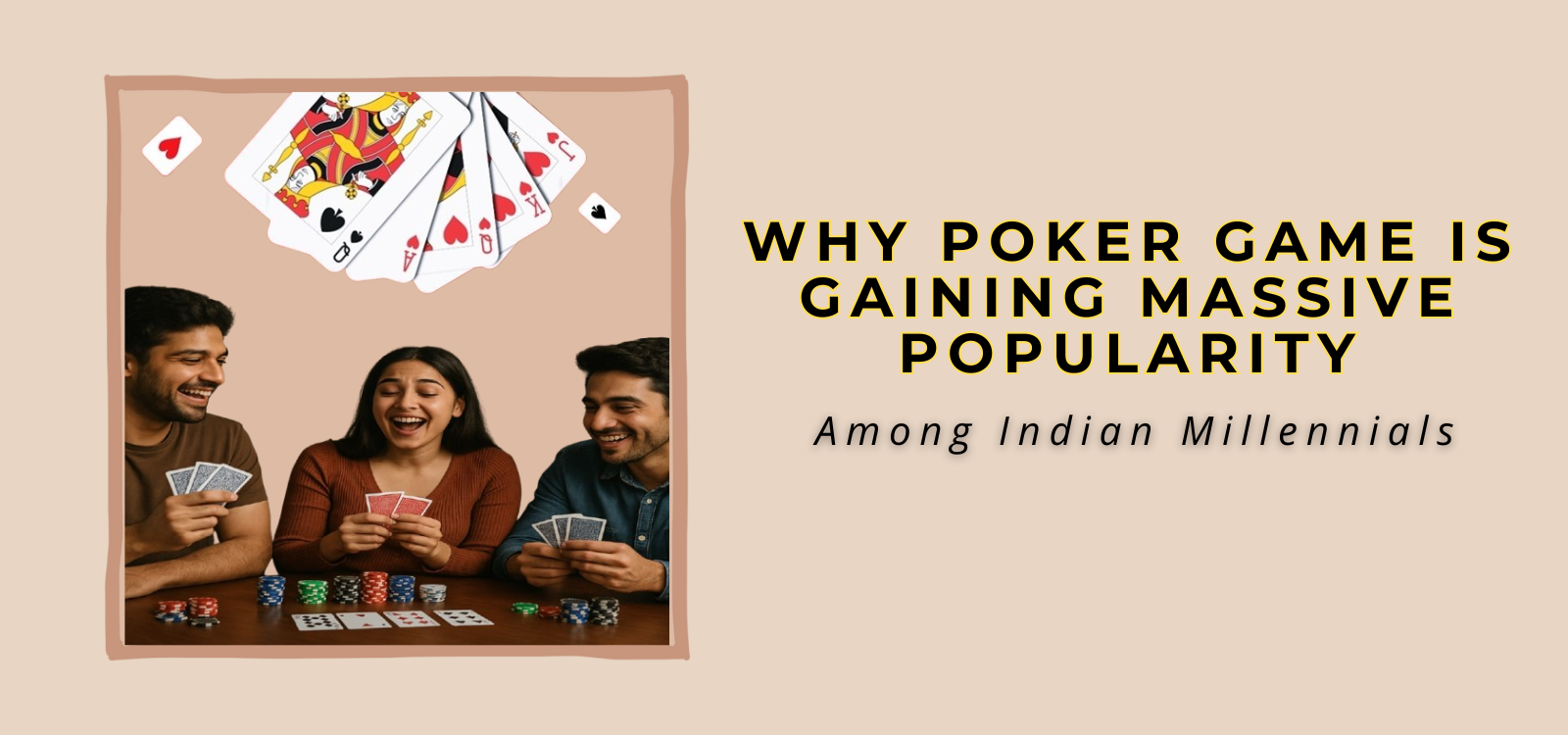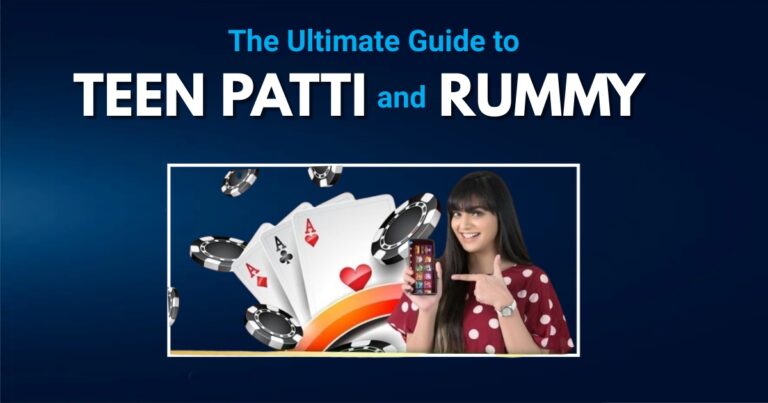Why Poker Game is Gaining Massive Popularity Among Indian Millennials
Poker game has emerged as a significant trend among Indian millennials, transitioning from a niche pastime to a mainstream digital sport. This surge in popularity is driven by a combination of technological advancements, cultural shifts, the rise of Rummy games, and the game’s inherent appeal as a skill-based activity.

The Digital Transformation of Poker Game
The proliferation of affordable smartphones and widespread internet access has revolutionized the gaming landscape in India. With the mobile gaming market projected to reach $3 billion by 2025, poker game has found a fertile ground to flourish . Online platforms have democratized access to poker, allowing players to engage in games anytime, anywhere, through apps like Teen Patti Stars, without the need for physical gatherings or casinos.
Skill-Based Gaming: A Millennial Magnet
Unlike games of pure chance, poker game requires strategic thinking, psychological insight, and decision-making skills. This aligns with the preferences of millennials who seek intellectually stimulating activities. The recognition of poker in India as a game of skill in several Indian states has further legitimized it, attracting a demographic that values both challenge and mastery .
Economic Incentives and Career Opportunities
The potential to earn real money through online poker game has added to its allure. Platforms offer cash games and tournaments with significant prize pools, providing not just entertainment but also financial incentives. Success stories of individuals turning professional, like Nikita Luther—the first Indian woman to win a World Series of Poker bracelet—serve as inspiration for many aspiring players
Cultural Acceptance and Media Influence
Poker’s integration into Indian culture marks a new era begins, facilitated by its portrayal in media and endorsement by celebrities. Televised tournaments and online streams have brought the game into the mainstream, while Bollywood stars and cricket players associating with poker game platforms have enhanced its appeal . The game’s popularity during festivals like Diwali, traditionally associated with card games, further cements its cultural relevance.

Technological Enhancements and User Experience
Modern poker apps offer user-friendly interfaces, secure payment systems, and a variety of game formats to cater to diverse preferences. Features like multi-tabling, personalized avatars, and hand history reviews enhance the gaming experience, making it more engaging for both novices and seasoned players .
Community Building and Social Interaction
Online poker platforms have fostered vibrant communities through forums, social media groups, and in-app chat features. These communities provide spaces for players to share strategies, discuss hands, and stay updated on the latest developments, adding a social dimension to the gaming experience .
Navigating Legal and Regulatory Landscapes
While the legal status of online poker varies across Indian states, the game’s classification as skill-based has allowed it to operate within legal frameworks in several regions. However, challenges remain, such as the imposition of a 28% GST on bets, which could impact the industry’s growth . Despite these hurdles, the poker community continues to thrive, advocating for clearer regulations and broader acceptance.
Conclusion
The rise of poker game among Indian millennials is a multifaceted phenomenon, rooted in technological accessibility, cultural integration, and the game’s strategic depth. As the digital landscape continues to evolve, poker’s popularity is poised to grow, offering not just a form of entertainment but also opportunities for skill development and economic advancement.








